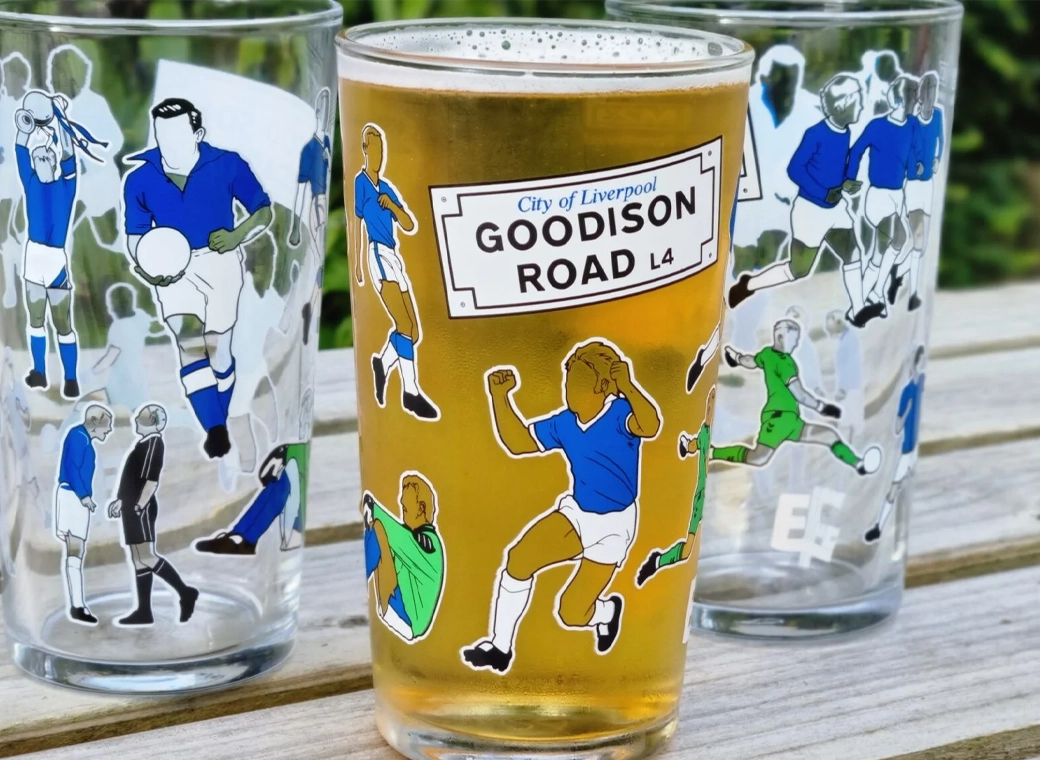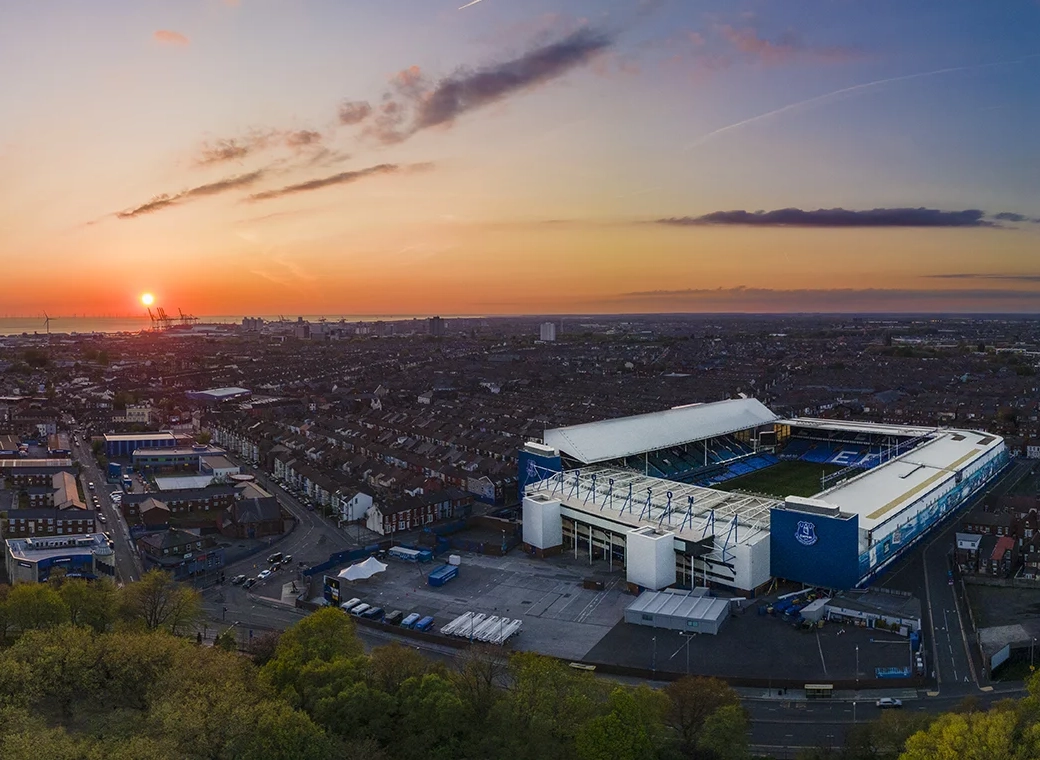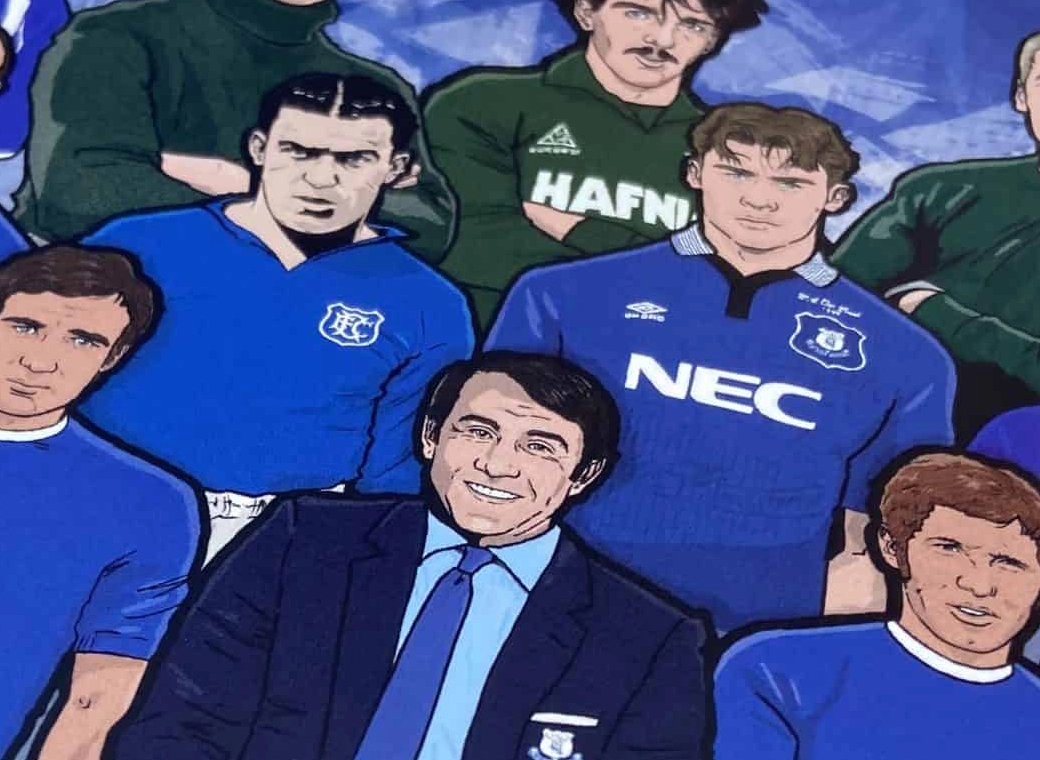First, thanks for posting your source. I appreciate that you took the time to look this up. Next, let's take the source and post the whole quote here, because it's illuminating, and the national advertising stat is as well once you peel back the onion:
1) Nielsen refers to LD as one of the two highest profile and marketable players in the league. Yes, marketable, being my point. Why is LD marketable? Because of his US National Team success and being the Face of American soccer. Bigger than Henry. Bigger than Marquez. Only 2nd (and a far 2nd as expected) to David Beckham.
2) Let's peel back the advertisers stat. First, let's recognize that nationally televised games include: ESPN (USMNT, EPL & MLS), Fox Soccer Channel (MLS, EPL, CCL), Univision & Telemundo (Mexican National Team, Central American National Teams, USMNT, Mexican League, MLS, CCL). So, it's not just English speaking channels.
Second, why are Anheuser Busch, T-Mobile, General Motors and Verizon the top 5 advertising spenders and most of their money is spent in the Spanish channels? They are spending millions on marketing to hispanic males - men 18-34 - selling their beer, cars and cellphones. Guess where you find those Hispanic males? Soccer. It is the most efficient way to reach them with advertising media because you know that's the audience. These advertisers are not targeting the soccer watcher. They are targeting the Hispanic 18-34 male. I just watched Galavision a couple of weeks ago for an LA Galaxy game, and saw many of these ads. Consumer packaged goods companies set aside millions for the Hispanic market, and this is where you spend the money with tailored ads for the market - ads that are in Spanish with Hispanic actors.
If you watch USMNT or MLS nationally televised games - which was my point, the advertisers are different because they are targeting an affluent slightly older male target. Adidas, Dick's Sporting Goods, Gatorade, Nike are some of the advertisers you see when watching nationally televised games NOT on the Hispanic channels.
See the difference? Has nothing to do with the popularity of soccer in the US. Has everything to do with targeting the Hispanic market.
3) Let's look at the N-Scores that are referenced in the document - a measure of marketability. What's interesting here is Landon is in a very small pool of athletes (30% with 30+) that have decent N-scores. Most (70%) fall under 30, and I bet a whole bunch clump way less than 30. But beyond that, he's not ACRES behind some very well known athletes in some of the US's major sports (minus NFL - those are some GIANT numbers for America's #1 sport).
Comparisons:
Eli Manning (NFL) - 98
David Beckham (MLS) - 95
Kobe Bryant (NBA) - 83
Brian Wilson (MLB) - 40
Albert Pujols (MLB) - 37
Hope Solo (USWNT) - 33
Landon Donovan (MLS) - 31
Lebron James (NBA) - 26 (!!!!!!!!!! Strike probably impacted this)
Martin Brodeur (the #1 scoring NHL national athlete) - 14
Range for N-Score:
Hall of Fame (Score of 200+) 4%
Superstar (100 to 199) 5%
MVP (50 to 99) 7%
All Star (30 to 49) 14%
Starter (Less than 30) 70%
I keep having the argument to yes, hopefully convince folks like you, but mostly to show the fence sitters growth is happening. So happens the work you pulled helped me demonstrate that.


 )
) 







